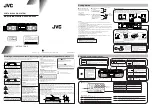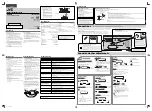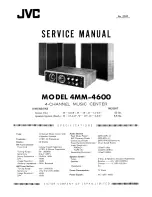
14
A
BOUT
T
HIS
G
UIDE
Conventions
Table 1 and Table 2 list conventions that are used throughout this guide.
Table 1
Notice Icons
Icon
Notice Type
Description
Information note
Information that describes important features or
instructions
Caution
Information that alerts you to potential loss of data or
potential damage to an application, system, or device
Warning
Information that alerts you to potential personal injury
Table 2
Text Conventions
Convention
Description
Syntax
The word “syntax” means you must evaluate the syntax
provided and supply the appropriate values. Placeholders for
values you must supply appear in angle brackets. Example:
Set callback user’s primary dial-back number
Set user <name> phone_number <number>
In this example, you must supply the user’s name for
<name> and phone number for <number>.
Commands
The word “command” means you must enter the command
exactly as shown in text and press the Return or Enter key.
Example:
To list the current IP routes, enter the following
command:
list IP routes
This guide always gives the full form of a command in
uppercase and lowercase letters. However, you can
abbreviate commands by entering only the uppercase
letters and the appropriate value. Commands are not
case-sensitive.
Screen displays
This typeface represents information as it appears on the
screen.
The words “enter”
and “type”
When you see the word “enter” in this guide, you must type
something, and then press the Return or Enter key. Do not
press the Return or Enter key when an instruction simply says
“type.”
(continued)
Summary of Contents for REMOTE ACCESS SYSTEM 1500
Page 14: ......
Page 40: ......
Page 58: ......
Page 120: ......
Page 130: ......
Page 158: ......
Page 178: ......
Page 202: ......
Page 266: ......
Page 286: ......
Page 292: ......
Page 297: ...INDEX 295 V 90 151 W Windows 95 Dial Up Networking 89 World Wide Web WWW 285 X X 75 152 ...
Page 298: ...296 INDEX ...
















































